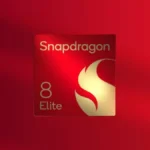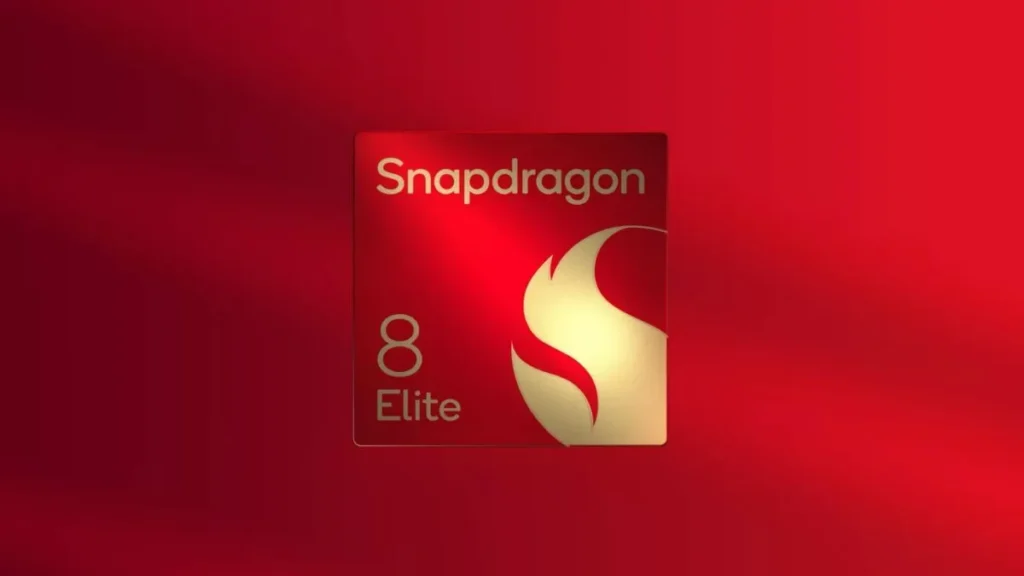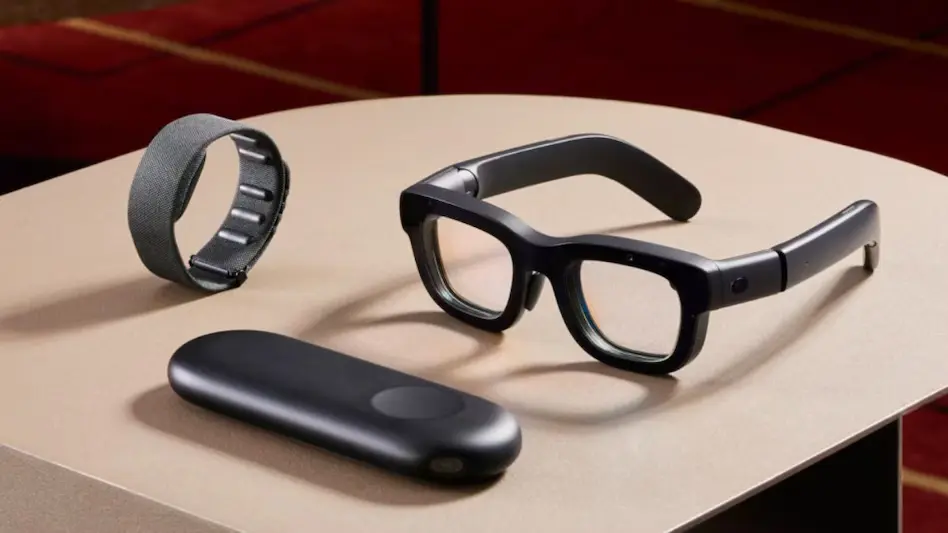Previously, Microsoft’s desktop Windows operating system was only accessible on PCs using x86 CPUs. That changed with Windows 10, and we’ve been seeing ARM-based CPUs in Windows devices since 2018.
They’re not particularly prevalent, and part of the reason is that, while ARM processors have improved in recent years, software that isn’t optimised for them may perform slower on Windows on ARM PCs. Last year, Microsoft released the Snapdragon Dev Kit tiny PC as a low-cost device for developers to test their Windows software on an ARM PC. The business is now launching a new model that prioritises AI performance.
Project Volterra and the Open Hardware Ecosystem
![[Exclusively] Microsoft Project Volterra Desktop Windows 12 [Exclusively] Microsoft Project Volterra desktop Windows](https://technewsrooms.com/wp-content/uploads/2022/05/voltarra-780x347-1.webp)
Project Volterra is a tiny PC with an unnamed Qualcomm Snapdragon CPU and a built-in neural processing unit from Microsoft. While Microsoft hasn’t released any specific details, the firm has stated that it would cooperate with Qualcomm’s Neural Processing SDK for Windows, allowing developers to use Qualcomm’s AI capabilities.
![[Exclusively] Microsoft Project Volterra Desktop Windows 13 [Exclusively] Microsoft Project Volterra desktop Windows](https://technewsrooms.com/wp-content/uploads/2022/05/volterra_05.webp)
Microsoft has been using Qualcomm’s AI features in its own software for a while now — two years ago, the firm released an Eye Contact feature that utilises eye tracking to maintain your face on the screen during video conversations, but it’s only accessible on Qualcomm-powered devices.
![[Exclusively] Microsoft Project Volterra Desktop Windows 14 [Exclusively] Microsoft Project Volterra desktop Windows](https://technewsrooms.com/wp-content/uploads/2022/05/volterra_04-1024x547.webp)
Microsoft claims it would provide ARM-native versions of development tools such as Visual Studio, VSCode, Visual C++,.NET, Windows Terminal, and the Windows Subsystem for Linux and Android, in addition to the new Project Volterra PC.
![[Exclusively] Microsoft Project Volterra Desktop Windows 15 [Exclusively] Microsoft Project Volterra desktop Windows](https://technewsrooms.com/wp-content/uploads/2022/05/volterra_03-1024x557.webp)
![[Exclusively] Microsoft Project Volterra Desktop Windows 16 [Exclusively] Microsoft Project Volterra desktop Windows](https://technewsrooms.com/wp-content/uploads/2022/05/volterra_02-1024x573.webp)
Project Volterra, on the other hand, isn’t just a toy computer. You may utilise many units as a desktop PR or rack system because of the stackable architecture.
Each model contains DisplayPort and Ethernet connectors, three USB Type-A ports, and two USB Type-C ports, as well as a casing constructed from recycled ocean-bound plastic. Microsoft also highlighted that the system looks to contain an M.2 2280 slot for storage and an active cooling system with heat pipes and a fan in a brief teaser video presented during an MS Build 2022 keynote.
To get real-time news alerts join the Technewsrooms Telegram group. You can also follow us on Twitter and subscribe to our Google News feed for updates.








![[Exclusively] Microsoft Project Volterra Desktop Windows 11 [Exclusively] Microsoft Project Volterra desktop Windows](https://technewsrooms.com/wp-content/uploads/2022/05/volterra-886x590-1.webp)
![[Rumor] Apple A16 Bionic For Tsmc To Reuse 5Nm Process 22 [rumor] Apple A16 Bionic for TSMC to reuse 5nm process](https://technewsrooms.com/wp-content/uploads/2022/05/Wacky-rumor-calls-for-TSMC-to-reuse-its-5nm-process-node-on-A16-Bionic-chipset-e1653636306302-96x96.webp)



